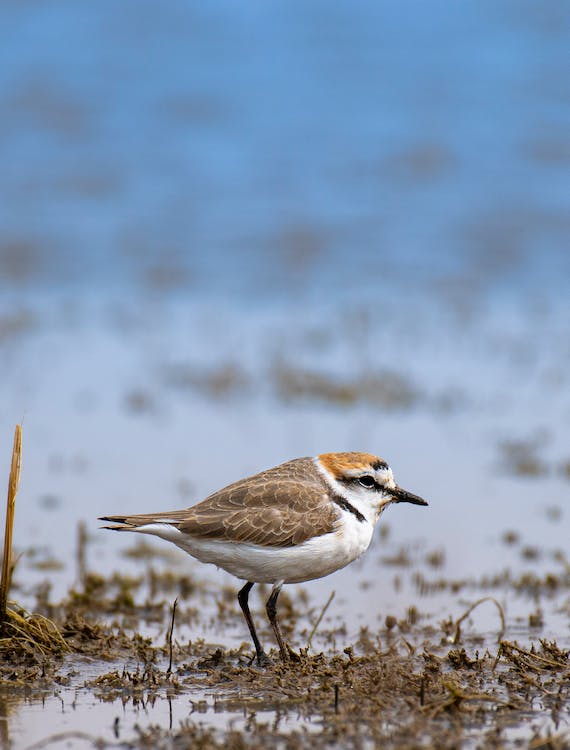Three-banded Plover (Charadrius tricollaris)
It is a small, dark plover that thrives in freshwater and brackish wetland easily recognizable with its broad forehead, and white and two black bands on its breast. This bird agilely along water surfaces and edges, searching for food and pecking spotted prey. It has a renowned card, a quick rasping series … Read more
